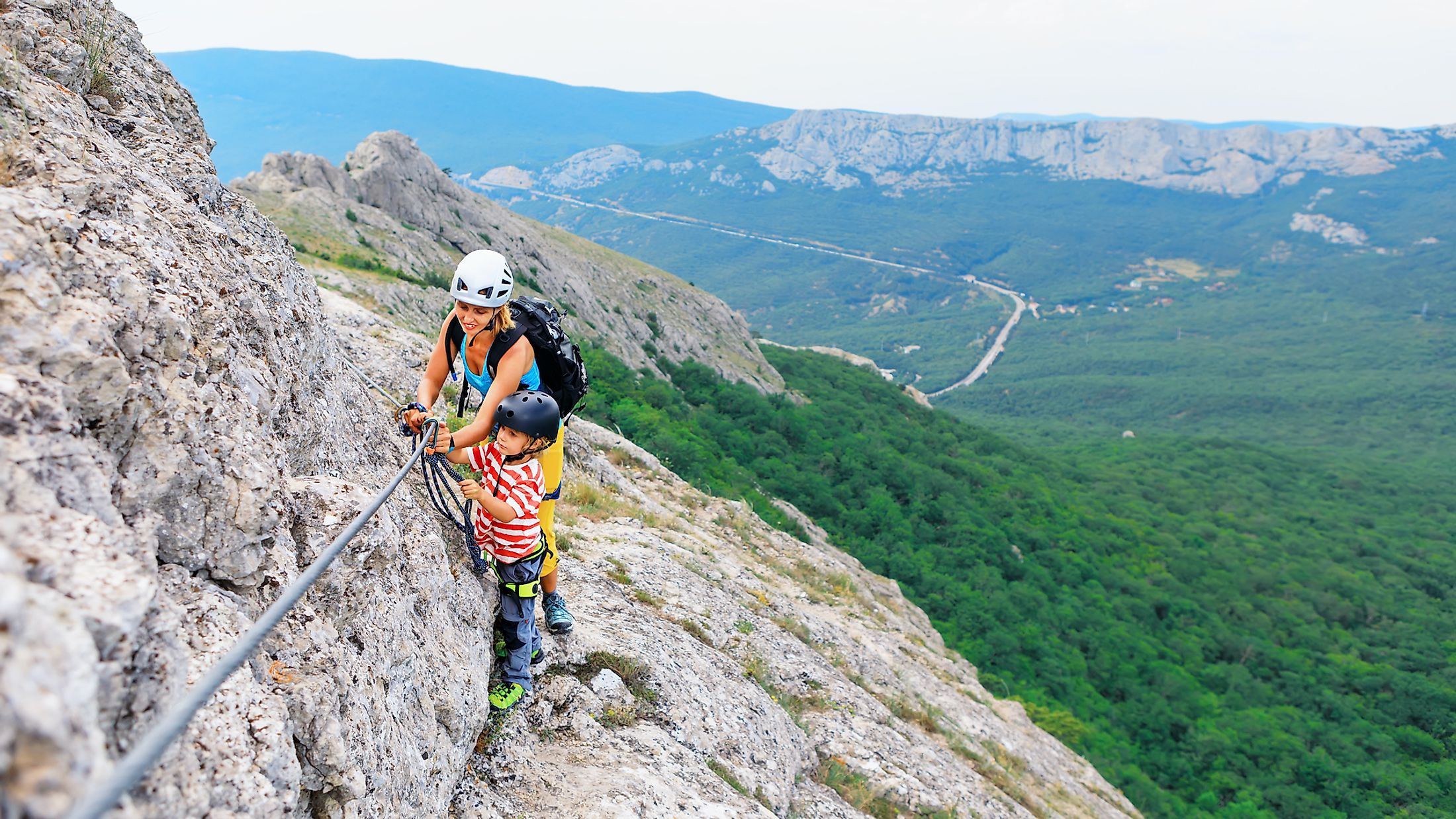
8 Best Peaks In The United States For Beginners
Mountain climbing enthusiasts are passionate about climbing because of the pure thrill of experiencing some breathtaking views. Summiting the peaks to see spectacular views of snow-capped mountains, clear blue skies, exquisite landscapes, and beautiful cities below the peaks is an incredibly gratifying feeling. The sense of achievement upon finishing the climb is satisfying and rewarding both physically and mentally. For those who have never climbed a peak before, here are the best eight peaks in the United States for beginners to start their climbing journey.
Bear Mountain, Connecticut
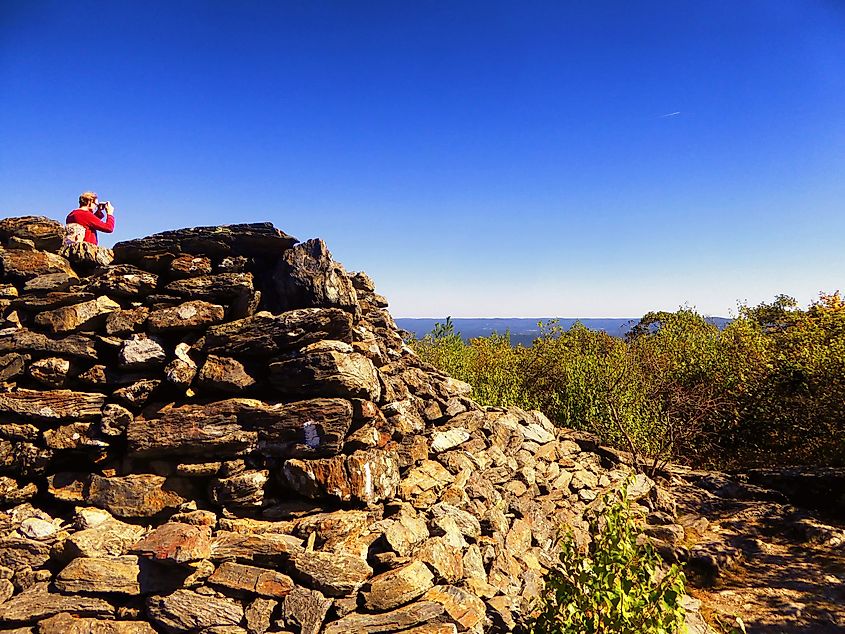
Bear Mountain is an extremely popular camping, birding, and backpacking place in Connecticut where you are most likely to meet more adventure seekers. The best part about climbing Bear Mountain is seeing views of the Hudson Highlands, the Hudson River, and the Manhattan skyscrapers. Interestingly this is the highest peak in Connecticut with an elevation or height of 2,316 feet, covering a distance of about 6 miles with a total amount of climb (elevation gain) being 1,676 feet.
Although you can climb all through the year, and there is no snow or ice during the winter, the best time to climb Bear Mountain is between April and October. The trail is a loop-type trail, meaning there exists a common point for starting and ending the trail. The most popular route to this loop trail is the "Bear Mountain Trail," with no permit required for climbing.
Mount Mansfield, Vermont
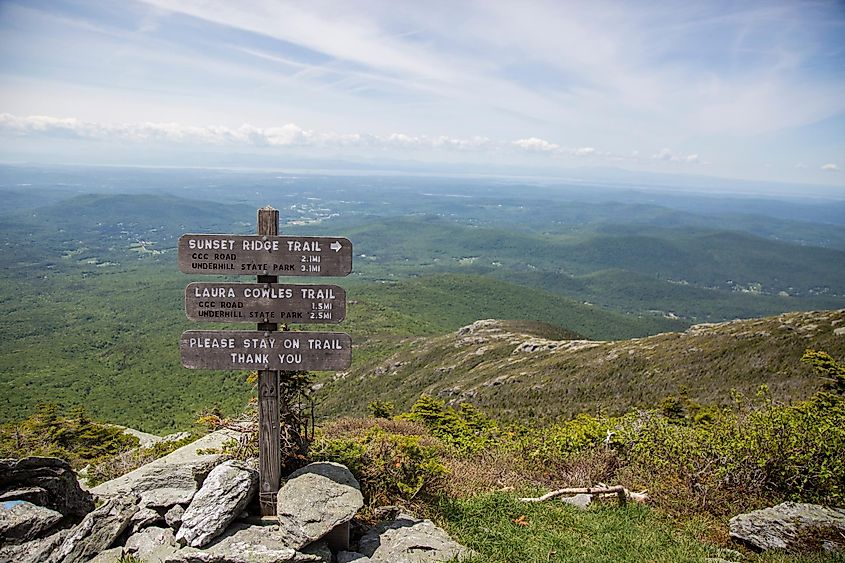
This highest peak in Vermont is worth exploring to see awe-inspiring views, including that of the Adirondacks of New York, Lake Champlain, New Hampshire's White Mountains, Southern Vermont, and Canada. With many people eager to climb this mountain, it is famous for camping, birding, and backpacking. The popular route for this loop climb is through the "Sunset Ridge Trail." The peak is 4,395 feet high, covering a total distance of 6.6 miles with an elevation gain of 2,600 feet.
Although the trail is open throughout the year with no requirement for a permit, the best time to climb Mount Mansfield is between May to October, especially if you want clear days with nice pleasant weather to appreciate the views after the climb. The winter season has its charm, but the snow and ice-covered path can add to the challenges of hiking through this route.
Black Elk Peak (Harney Peak), South Dakota
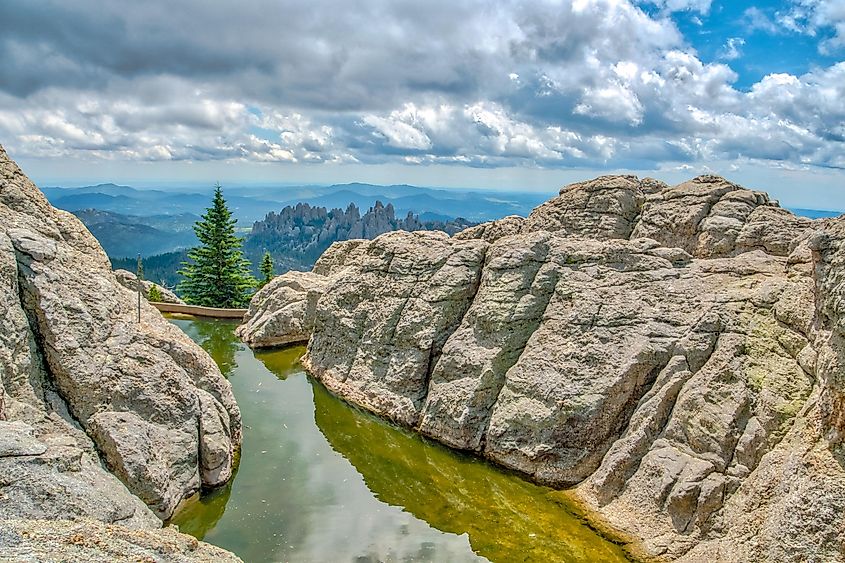
Earlier called Harney Peak, this peak was renamed to honor the Native American sentiments. With beautiful views of the four states of Nebraska, Montana, Wyoming, and South Dakota from its summit, the trail to Black Elk Peak has a moderate to easy skill rating with refreshing rest stops along the way. The rocky open platforms even make it an ideal place for some selfies. It is the highest elevation between the Pyrenees Mountains in France and the Rocky Mountains in the western United States. One more highlight of this lovely peak is the gorgeous Fire Tower at the hike's high point.
The peak is 7,242 feet high, making it the highest point in South Dakota, with an elevation gain of about 1,100 feet and a distance of 7.6 miles. The trail is a looped trail, with its popular route being "Trail Number 9". While people can climb the peak all year round, the best time to climb is between April to October. During the winter, there is snow all around the peak. Climbers must complete a mandatory registration at the trailhead, although the registration is free.
Guadalupe Peak, Texas
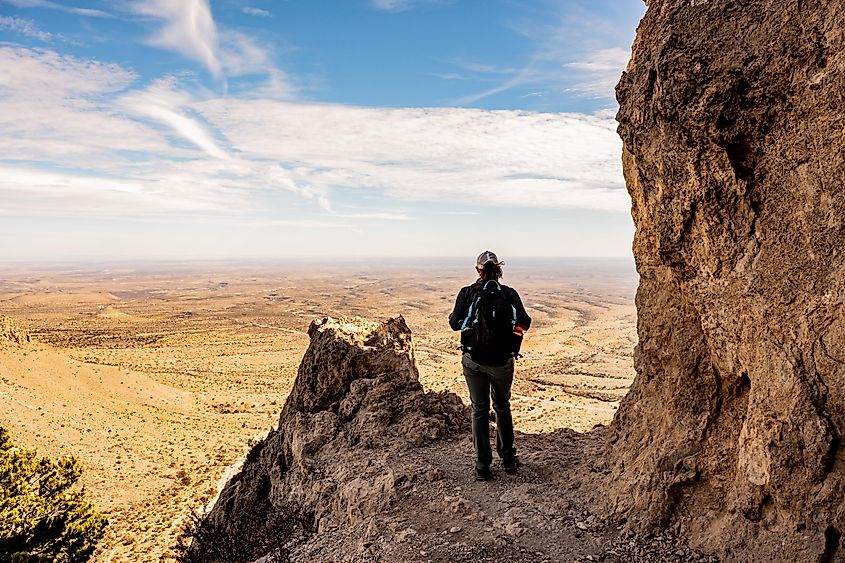
This 8,750 feet high peak is the highest peak in Texas, which provides stunning views from its highest point. The Texas deserts and the Guadalupe Mountains are a treat to the eyes. Undoubtedly, these are an added motivation for climbing to the "Top of Texas." Many climbers report this climb as strenuous and hard but rewarding. As a beginner, if you prefer a challenging climb, this is a perfect option. Climbers mostly take the "Guadalupe Peak Trail" route, an 8.5-mile loop trail, to achieve an elevation gain of 2,906 feet.
If climbers choose to camp at the top, a permit for camping is required. Otherwise, no permit is needed for climbing. Although the trail is open all year through, most climbers choose to climb during spring and fall, especially during September and October, because the snow during the winter makes it extremely challenging to climb during the winter season.
Mount Adams, Washington
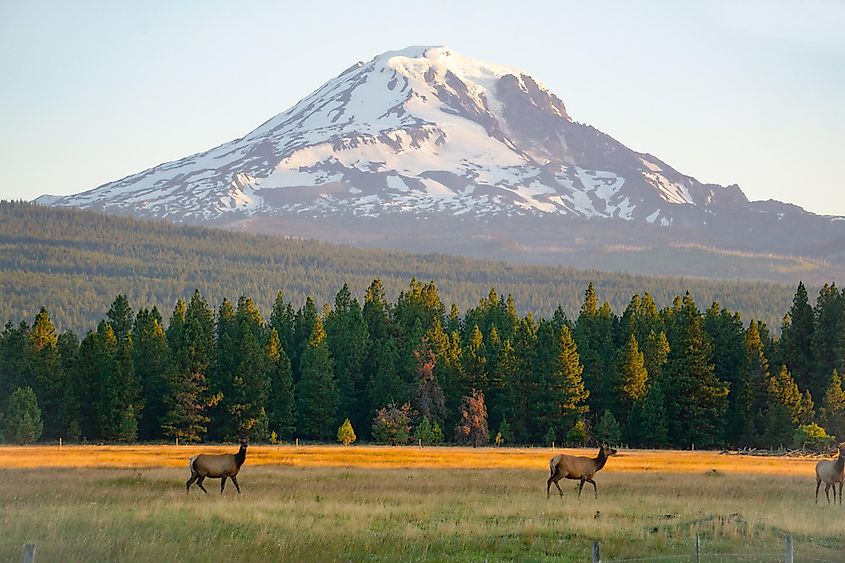
Formerly known as Pahto and Klickitat, this snow-covered mountain is the second-highest mountain in Washington State and the third-highest peak after Mount Rainier and its sub-peak Liberty Cap. It is also the second-largest volcano in the Cascade Range. Allowing spectacular country views, it is ideal for those who want to train and gain general mountaineering skills for climbing mountains with snow as it is snow-clad all year round.
Mount Adams in Washington is the only one that exceeds 12,000 feet with a height of 12,276. Its sub-peaks are Little Tahoma Peak again the only peak that exceeds 11, 000 feet in Washington. The trail is a loop type with its popular route along the "South Spur" where climbers are expected to achieve an elevation gain of 6,700 feet and cover a distance of 14 miles while getting to the top. Though you can climb any time of the year, most climbers choose May to October. A camping permit is a must for those who would like to camp after their climb.
Wheeler Peak, Nevada
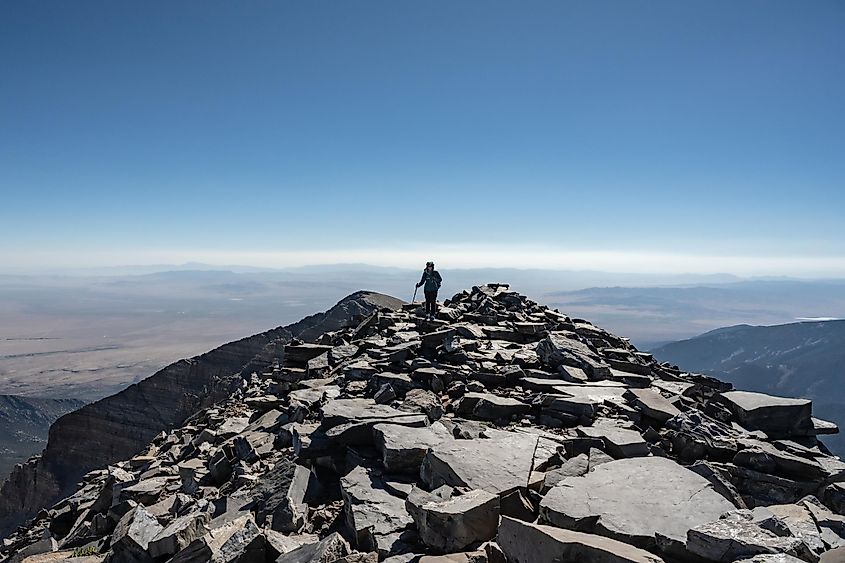
The peak shares its name with another peak in Mexico. This Nevada peak, however, is 13,063 feet high and the second highest in the state. Being the tallest mountain in White Pine County and in the Snake Range at the summit of the peak, you will be treated to glorious views of the Great Basin National Park. Climbers may find this trail challenging due to its steepness, rocky ground, high elevation, and altitude but if not for altitude sickness, this trail is a good one to attempt.
Doing this trail lets you accomplish 8 miles with an elevation gain of 2,900 feet. This loop trail is open all year round and follows the popular "Summit Trailhead" route with its popular climbing season being between June to August. No permit is needed for climbing but you may need one if you plan on camping. You may want to keep in mind that the winter season has snow-covered terrain.
Grays Peak, Colorado
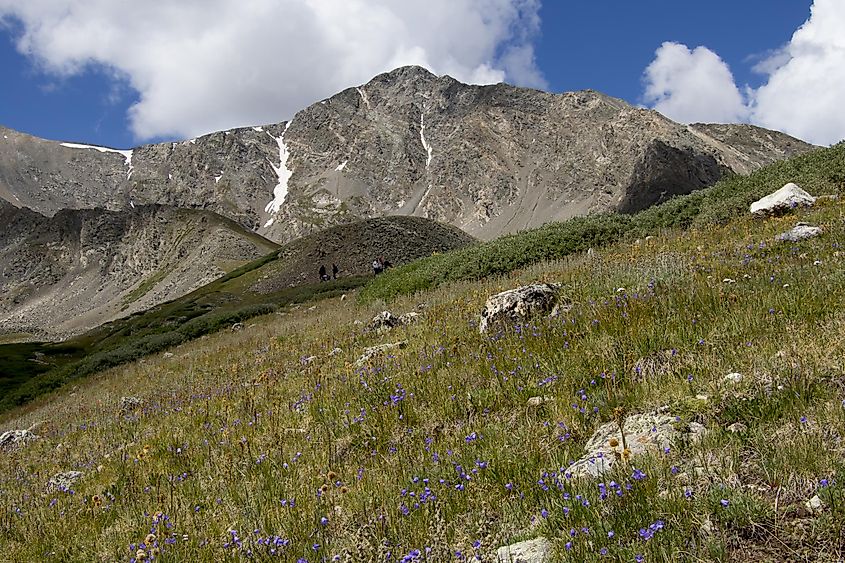
Famous for being the county high point for both Summit County and Clear Creek County, it is also the ninth-highest peak in Colorado. A fascinating part of the climb will be to see mountain goats along the mountains. As you reach the top, great views extend north to Rocky Mountain National Park and Longs Peak, south to San Luis Valley and Pike's Peak, West to Silverthorne, and east to the Great Plains. With bathrooms along the way and a clear trail to the top, it is simpler to accomplish this trek with less or no hassles considering that it is 14,270 feet high.
The loop trail's most popular route is the "Stephens Gulch Trailhead," with an expected elevation gain of 3,000 feet and a total distance of 8 miles. The hike is usually combined with Torreys Peak, the eleventh-highest peak in Colorado, which is just 1.5 miles more. Climbing requires no permit and is open throughout the year, with April to September being the busiest season since many climbers prefer to avoid climbing through snow-covered terrain in the winter.
Mount Elbert, Colorado
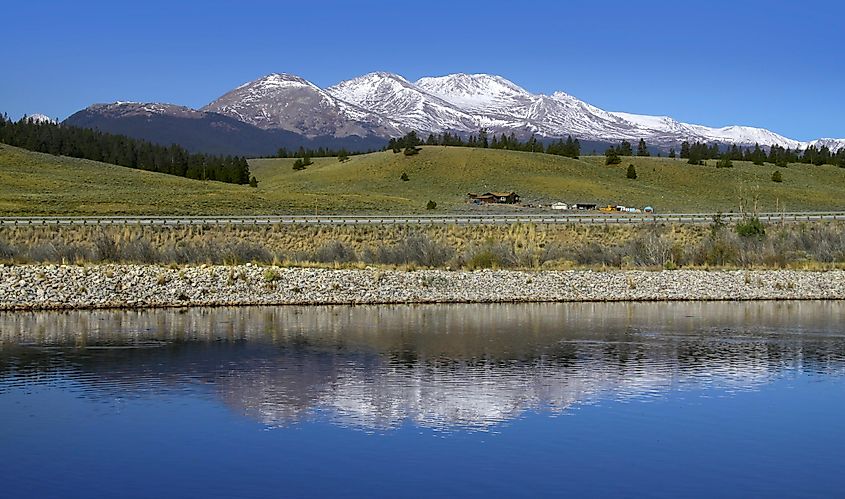
Most of the highest peaks in Colorado are famous for mountaineering. The state is known for peaks that are over 14,000 feet high hence called "Fourteeners." Even though Mount Elbert is the highest point in Colorado, the hike via the Northeast Ridge is relatively easy and safe. An essential part of a successful summit is being well-prepared for the climb. The spectacular views from every direction at the top are phenomenal. Towards the north, the views of Mount Massive, Colorado's second-highest peak, stand out, while the La Plata Peak looks towards the south.
The most popular route for climbing this mountain is the "North Mount Elbert Trailhead." With a height of 14,440 feet and a loop-type trail, climbers can expect an elevation gain of about 4,700 while finishing a total distance of 9.5 miles. The trail is open all through the year, with its peak season being from June to September, as the snow covers the area in the winter season. Climbers do not require a registration or permit to hike up Mount Elbert.
As you master the art of climbing, beginners eventually gain stamina and strength while also getting better at mountaineering. Passionate climbers are determined to achieve their goals with training to accomplish their mountain climbing goals. In fact, one such motivating system in the US is the Yosemite Decimal System (YDS) which is widely used to classify climbers based on the difficulty of a climb. YDS has five classes. The higher the class, the more complex the climb.
As all peaks in this article are hikes or trails that do not require special skills or tools, they are all classified as "YDS class 1", which indicates that they are suitable for beginners. Other amazing peaks in the US that beginners can explore are Mount Baldy, Escudilla Mountain, and Humphreys Peak in Arizona, Mount Rogers in Virginia, Clingmans Dome in Tennessee, Brasstown Bald in Georgia, Mauna Kea and Mauna Loa in Hawaii, Black Mountain in Kentucky, Mount Marcy in New York, Mount Mitchell in North Carolina, Black Mesa in Oklahoma, and Bear Mountain in South Dakota.











